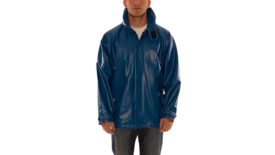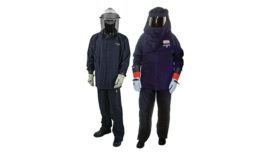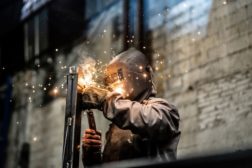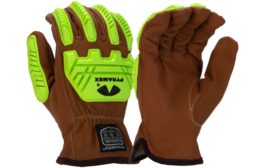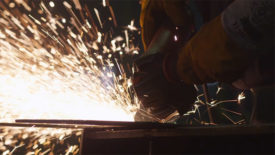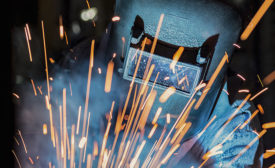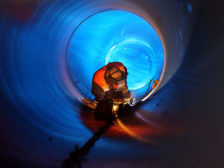Home » Keywords: » Arc flash
Items Tagged with 'Arc flash'
ARTICLES
Mitigate electrical safety risk
Q&A with arc flash expert discusses how assessments can help
November 16, 2022
Cover Story
How to choose and maintain the best arc flash clothing for the job
August 15, 2022
Get our new eMagazine delivered to your inbox every month.
Stay in the know on the latest safety trends.
SUBSCRIBE TODAYCopyright ©2024. All Rights Reserved BNP Media.
Design, CMS, Hosting & Web Development :: ePublishing
